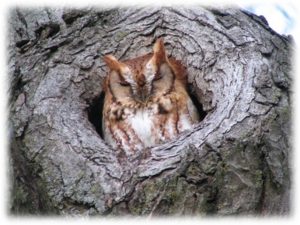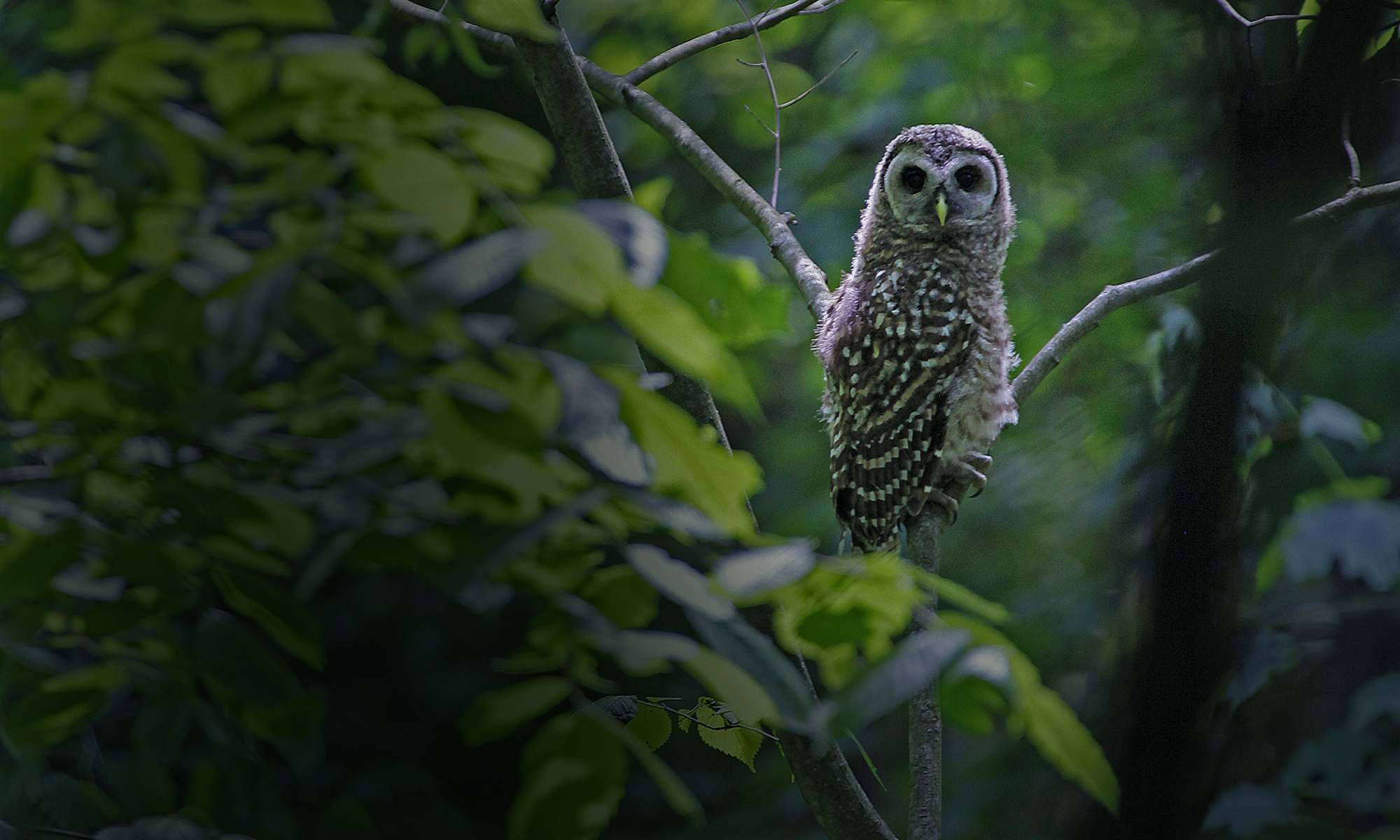 Why Monitor
Why Monitor
Bird monitoring has played a crucial role in estimating population trends, distribution, and abundance for many species, which in turn has been integrated into management and conservation decisions regarding many high profile species. These changes in management, and efforts to conserve, have restored and stabilized many of the once extirpated or nearly extirpated species. However, while current monitoring programs, such as Breeding Bird Survey (BBS), Spring Bird Count (SBC), and Christmas Bird Count (CBC) have done an excellent job of estimating population trends for most species they do not have the capability to estimate population trends for nocturnal species. Because of this void, many organizations throughout Canada and the United States have begun, or are beginning to implement monitoring programs for various groups of nocturnal species. The initiation of efficient and statistically powerful monitoring programs for nocturnal species will allow us to detect small population changes over a shorter period of time.
Owl and Nightjar Status in Illinois
In Illinois we have five confirmed breeding species of owl; Barn Owl, Barred Owl, Great Horned Owl, Eastern Screech-Owl, and Short-eared Owl and three confirmed breeding species of nightjar; Chuck-will’s-widow, Common Nighthawk, and Whip-poor-will. Within these two groups, the Barn Owl and the Short-eared Owl are currently listed as endangered. The Eastern Screech-Owl is found in low numbers on BBS routes (BBS data), the Great Horned Owl is widespread and the Barred Owl, which historically was listed as rare, is now found throughout the state. As far as nightjars go, in 1934 Ford et al. were quoted as saying this of the Whip-poor-will in Birds of the Chicago Region – “A fairly common summer resident. Although not so numerous as formerly, they still occur throughout the area”. Unfortunately, the same statement could not be said today. Common Nighthawks have a pretty even distribution throughout the state, and the Chuck-will’s-widow is found in the lower southern portion of the state. Loss of habitat, cattle grazing, and available food are all factors that could be contributing to the decline of these species.
Because much of Illinois has become agriculturally dominated habitat selection is limited for owls and nightjars. Additionally, changes in agricultural practices have caused a decrease in available food sources for owls and nightjars. Needless to say, it became apparent Illinois was in need of a monitoring program that would eventually allow us to learn more about these two groups of species and what courses of action we need to take to see that they are conserved.
MOON
In the spring of 2008 Monitoring of Owls and Nightjars, MOON, in Illinois was initiated. MOON is a volunteer-based program that occurs throughout the state of Illinois. Volunteers monitor routes located along suitable habitat for owls and nightjars from April to June. Routes are 9 miles long with 10 stops per route. The unique thing about MOON is that volunteers are encouraged to monitor for all species they hear during the listening period. This additional data can give us additional insight into the life histories of other species. We are always looking to recruit more volunteers, so if you would like to volunteer please click on the following link to learn more about volunteering:
Contact Information:
Tara Beveroth
Illinois Natural History Survey
1816 S. Oak St.
Champaign, IL 61820

